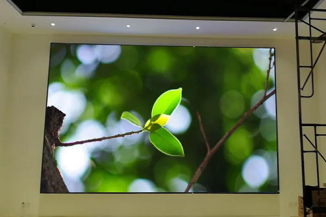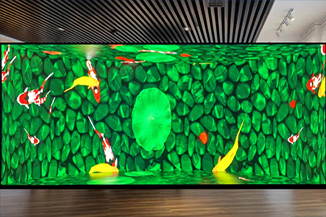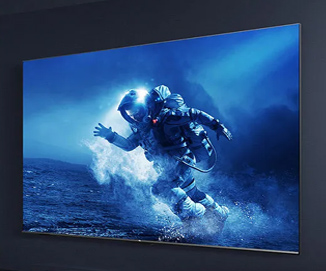Publisher: Supplier of LED Display Time: 2022-03-04 11:43 Views: 1983
The LED display is a perfect combination of technology and media. It can fully display the concepts of fantasy, technology, trend and fashion, and can completely become a new force in stage art. Indoor and outdoor advertising forms continue to emerge, from traditional LED billboards, to monochromatic scrolling screens, to today's full-color LED displays. With the development of the LED display industry, the form of outdoor media advertising has become more and more trendy and fashionable.
At present, most of the KTV bars and hotels are installed with indoor high-definition LED displays, and outdoor LED displays have occupied 80% of the outdoor media advertising field, becoming a new carrier for large-scale outdoor media advertising. Let's take a look at several common wireless control LED display methods.

Do you know these common wireless control methods for LED displays?
1. RF wireless control
One end of the RF module is connected to the control computer, and the other end is connected to the serial port of the control card. After the driver is installed on the computer, a virtual serial port is generated, and data is sent through this serial port. It has the characteristics of convenient installation and debugging, data transmission distance of up to 300-1000 meters, and no cost for later use.
Required equipment and price, RF sending and receiving modules, about 350 yuan a pair. One-to-many sending is supported, that is, one sending module to multiple receiving modules. Disadvantages: There are not many radio frequency bands allowed by the state for civilian use. This batch of 433MHZ is extremely susceptible to signal interference, and the transmission rate of this method is not very low. The baud rate can only be used at 4800 or 9600, which is not recommended.
2. WIFI wireless control
By adding a wireless router or other wireless devices, bridging with the user's original wireless network to build a wireless local area network, the network control card can be easily integrated into the wireless network for wireless network control.
Features: No wiring, easy installation and debugging, fast data transmission. Required equipment and price, bridge, within 800 yuan; wireless router (it is best to choose a device with a replaceable antenna for the application on the display screen, so that the wireless signal can be effectively received), the price is about 100 yuan
Disadvantages: The communication distance mainly depends on the gain capability of the bridge. The communication distance of the wireless router is relatively short, and the signal of the partition wall is relatively weak or no signal. It is suitable for places with wireless signals in short distances. If the area where your display is located already has wireless signal coverage, it is even simpler. You only need to bridge the wireless router connected to the control card in the display to your wireless network, and you can access any computer on the intranet. on the control display.
3. GPRS wireless control
After the GPRS module is powered on, it completes the process of dial-up Internet access, and connects to the data center server. The client accesses the server through the client software, and the server forwards the information.
Features: Easy to install and debug, there is no distance limit, as long as there is a mobile phone signal, you can receive information, and the price is relatively cheap, generally in the range of 200~400 yuan.
Disadvantages: The GPRS module needs to install a mobile phone card to dial up the Internet, and a certain amount of traffic will be charged every month (such as China Mobile's minimum 5 yuan traffic package can meet the demand). Limited by the GPRS bandwidth, the transmission rate is slightly slower, so it is more suitable for single-color LED display that mainly plays text.
4. 5G full Netcom wireless control
Features: 5G full Netcom (supported by China Mobile, China Unicom, China Telecom), fast transmission rate, complete real-time control, and instant response to relevant control when sending commands.
Disadvantages: When the amount of data sent is relatively large, the traffic cost is relatively large









